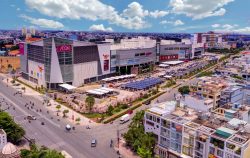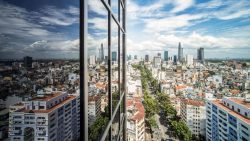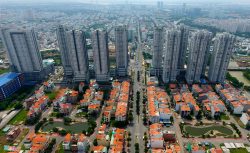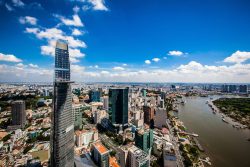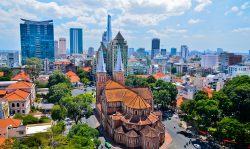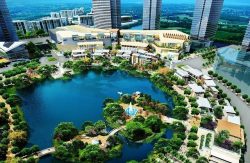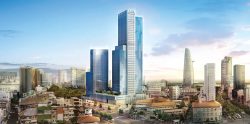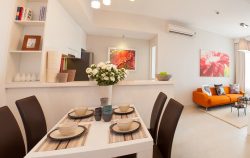The real estate sector took the lead in the number of startups as well as the growth rate, with 924 firms established in the first quarter this year, up a staggering 55% year-on-year, according to the Business Registration Agency under the Ministry of Planning and Investment.
Highly increase the start-ups in real estate market
After the property sector, new enterprises in the power, water and gas generation and distribution sectors came second in terms of growth rate, with 200 firms, up 32% year-on-year, while the education and training sector took the third position with 640 freshly-established firms, surging 28%. In addition, new businesses in the sectors of finance-banking-insurance and agriculture-forestry-aquaculture stood at 269 and 461 in the first three months, up 26% and 16% respectively.
Data of the agency showed the country had 26,478 newly-established enterprises with total registered capital of around VND271 trillion (US$11.9 billion) in the first three months of this year, up 11.4% in number and 45.8% in capital over the same period last year. Besides, operational firms registered to inject an additional VND325.4 trillion in the period, bringing the total amount of fresh capital registered by businesses in the three-month period to over VND596.6 trillion.
Meanwhile, nearly 9,200 enterprises have resumed operation in the first quarter after a period of suspension. The average registered capital of an enterprise in January-March was VND10.2 billion, a pickup of 30.9% compared to the same period of last year. Last month alone, 12,027 enterprises were registered with total capital of VND118.7 trillion, rising 120% in number and 90.6% in capital against a month earlier.
Source: The Saigon Times

